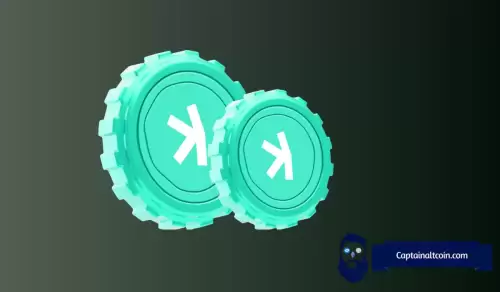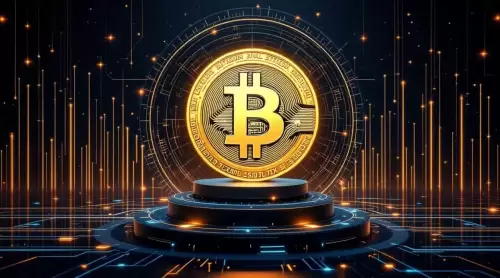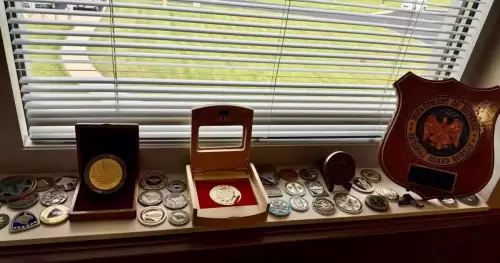 |
|
 |
|
 |
|
 |
|
 |
|
 |
|
 |
|
 |
|
 |
|
 |
|
 |
|
 |
|
 |
|
 |
|
 |
|
The QR code terminal is lit. I put the QR code that appears on the Grab application (app). The payment was completed in an instant.
I'll pay with 'grab'.
The QR code terminal is lit. I put the QR code that appears on the Grab application (app). The payment was completed in an instant. There was not a moment of interruption.
There was no need to exchange the reporter's grab account money into Singapore dollars. It was paid directly to the stablecoin tether (USDT) in the account. Stablecoins refer to virtual assets with a fixed price of $1 per piece.
The best super app grab in Southeast Asia is similar to Kakao Taxi, Baedal Minjok, and Samsung Pay combined in Korea.
Grab, called the Southeast Asian version of Uber, starts with ride-sharing and provides a variety of services, including food delivery, mart shopping, and payment.
Grab established five virtual asset-based payment systems in March last year, including Bitcoin, Ethereum, Tether, and stablecoins "XSGD" linked to Singapore dollars in USDC.
Grab is an app used in most situations for travel, such as taking a taxi or eating delivery food in Singapore, so everything is possible if you have virtual assets, especially stablecoins.
Even Koreans can easily pay with virtual assets. However, due to the nature of the app, you need to use a local SIM or self-authentication. By signing up, you can transfer virtual assets to your virtual asset wallet in Grab.
There is no need to ask if you can pay with virtual assets in stores because the super app called Grab is naturally equipped with virtual asset payments. Wherever QR codes can be paid, most of them can be paid.
The reporter used Tether, a stablecoin with a fast transfer rate and low commission. I bought Tether from Bithumb, a domestic exchange. The transaction fee is 0.04%. However, in Korea, it is a little complicated to transfer coins to grab due to the Travel Rule introduced in 2022. So the reporter used an overseas virtual asset exchange called Binance. The transfer fee for sending tethers from Bithumb to another virtual asset exchange is 0%.
I sent the tether I received to Binance back to Grab. When transferring from Binance to Grab, the fee varies depending on which payment network you use.
If Ethereum is used, it is expensive at 2.5 tethers (about 3,500 won). Solana pays a fee of 0.5 tether (about 700 won) per case. The competition for fee cuts is fierce in this field. If you use Polygon, it goes down to 0.02 tether (about 28 won).
If domestic regulations disappear, it is a remittance fee that would not have been necessary other than tether transaction fees on the virtual asset exchange. However, it is a revolutionary change considering that overseas remittances take two to three days and cost tens of thousands of won in fees through the SWIFT network.
If you charge it, the back is much easier than paying with your existing card. In fact, the payment was completed in an instant when the reporter turned on the Grab app and took a QR code at a Starbucks store in Singapore. I didn't even need to know the concept of bitcoin and stablecoins. It felt like I was using regular points after charging them. In Singapore, virtual assets are permeating deep into life as a means of payment.
It occurred to me that Singapore is becoming a virtual asset (crypto) hub after a financial hub.
There is also a big difference in payment time. The reporter compared domestic credit card payments and grab payment times using the master card network.
Card payment took more than 5 seconds after it was brought to the terminal. This is because overseas card payments, unlike domestic payments, have to go through financial institutions in each country and international payment networks (visa, master card, etc.).
You have to decide if you want to pay by exchanging the card now in the visiting country's currency or using the exchange rate at the time of settlement later after paying in won. Compared to cash payments, it's complicated.
On the other hand, the stablecoin payment ended in less than a second after turning on the app and bringing it to the QR code terminal. It's like paying cash. They only gave virtual assets instead of cash. There is no need for a settlement process because it is the same as a cash payment. This is why some in the virtual asset industry say that the card company's fee payment target will now be the stablecoin remittance fee of the virtual asset exchange.
As of the end of last year, Singapore is the best country in the world to introduce blockchain technology. According to the ranking of blockchain introduction by country, which was evaluated by blockchain platform Apex Protocol based on blockchain patents, blockchain technology-related jobs, and virtual asset exchanges, Singapore ranked highest with an overall score of 85.4 points.
Singapore has 1,600 blockchain patents, 2,433 jobs related
Disclaimer:info@kdj.com
The information provided is not trading advice. kdj.com does not assume any responsibility for any investments made based on the information provided in this article. Cryptocurrencies are highly volatile and it is highly recommended that you invest with caution after thorough research!
If you believe that the content used on this website infringes your copyright, please contact us immediately (info@kdj.com) and we will delete it promptly.
-

- Coinbase, Financing, and the Crypto Market: Navigating Choppy Waters in NYC Style
- Aug 06, 2025 at 11:30 am
- Coinbase navigates the crypto market with a $2.6B convertible note offering, balancing liquidity and shareholder value amidst volatility and regulatory shifts. Institutions are betting on its resilience.
-

-

-

-

-

-

-

-































































